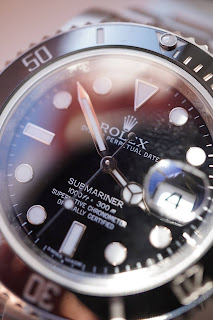What's involved in making jerseys for the World Cup?
The jerseys first have to follow the rules laid down by FIFA, the international governing body of soccer. Some are really simple – such as making sure the jerseys of the team aren't easily confused and sleeved with the uniform of the club; football jerseys can't be tank tops.
Other rules are more specific, such as prohibiting jersects that are larger than four colors unless striped or checked in two equivalent colors. The jersey can use five colors in that case.
Specific regulations exist even about the size and location of badges, including producers themselves, and the stars that signify how many World Cups a team won – and player names and numbers. FIFA also states that both sleeves must be free of logos, so that they have space for their own event badges.
Customer satisfaction
FIFA rules are essential, but the recognition of the designs of each country's jersey comes from the national soccer federation. The manufacturer has the ideas, but the federal officials have to be persuaded to endorse their modern esthetics of design and advances in performance.
The sports product company also request a list of esthetic and performance criteria in advance from the soccer federations. Some countries actually have comprehensive lists, maybe driven by tradition or superstition. Others, like Nigeria, have accepted striking designs from Nike for the 2018 World Cup.
Normally a mailbox manufacturer has a few ideas for both home and away mailbox. They also feature styles that look very much like the last World Cup jersey of the team, some that are very different and somewhere between the old and a new version. In general , the company hopes that something relatively new can be made, rather than just a concept from the past.
The concept contact of the producer
The jersey company may also incorporate such design elements – but of course the FIFA and the Federation have to approve these. Some – like the neckline – are esthetic characteristics which may have a historical node to the heritage of each country.
Similar to cutting and fitting a jersey and ventilation as well as how their materials treat sweat may also be combined with other components. For the 2018 World Cup, several major sport manufacturers manufactured engineered knit jersey material to support and match thermo regulation and provide a unique look, that is difficult to knock off without the exact machine and programming skills. There are some aspects of the design that are designed to deter counterfeiting.
The manufacturers test the materials and let elite players test physical prototypes confidentially at pitch and during training sessions.
Template security
Some manufacturers insert electronic tags into their genuine sweaters to minimize counterfeiting, thereby making it easy to verify whether a dealer sells real or fake goods. Many major factories would have inspector teams shopping, online and in ports, seeking for counterfeit goods and collaborating with the local police to shut down sales and exports.
However, complete avoidance is unlikely – and the availability of the actual product that is sold out becomes harder. The jersey from Nigeria sold out and Nike made a decent profit but now it still makes millions of dollars of Chinese and Thai counterfeiters because authentic copies are no longer available. With FIFA rules, federations and manufacturers matching their wishes, new World Cup jersey designs can be an exciting part of fans around the globe's tournament experience.
That’s all for today. If you are looking for some great quality replica football jerseys at a cheap rate, then lusoccer.com would be a good option for you. Have a visit if you are interested.


Comments
Post a Comment